Art 1 students at Old Orchard Beach High School are given a weekly sketchbook assignment that they are required to complete as homework, or in class if they are caught up with the current project. I have taken over the role of giving the sketchbook assignment each week during my placement. Its been fun experimenting with small drawing, painting, and design projects. I alternate between relaxed experimental lessons and more traditional drawing assignments. Here are some examples from my two Art 1 classes: Scientific illustration was the first sketchbook assignment I gave. Students were required to draw at least three natural specimens from life, and label their sketches. I was inspired by Amy Cousins in the creation of my Donald Evans themed postage stamp sketchbook assignment. Students were required to invent a country and design a stamp for it. The name of the country, the price of the stamp, and a perforated border were to be included in the designs. Two weeks ago, I gave an assignment entitled Painting on Pages; students were required to choose a page from an old encyclopedia that contained a word they would like to illustrate. Students then had to tear the page out, glue it into their sketchbook, and complete a watercolor painting of their chosen word on top of the page. I am really impressed with the results of the assignment. Currently students are working on an observational drawing assignment in their sketchbooks. I am excited to see how they do. I can't believe it is my last week here. I don't want to leave!
0 Comments
Art 1 students at Old Orchard Beach High School are working on a literacy themed printmaking project! Last week I gave a slide show and lecture on the history of printmaking and then introduced the criteria for the assignment: 1. Choose a school-appropriate quote from a book that means something to you. 2. Choose at least one word from your quote to incorporate into your relief or monotype. 3. Design and carve a relief block that reflects the ideas, themes, or imagery present in your quote. 4. Design and create a gelatin monoprint that reflects your chosen quote and incorporates your relief print. I started to teach some of my own lessons this week at Old Orchard Beach High School. I gave my first sketchbook assignment for the Art 1 classes, and introduced a Calder style mobile lesson with my sculpture students. On Tuesday I gave a lecture and slide show to my sculpture students about Calder and his mobiles. I then outlined the criteria for the mobile assignment: 1. Construct an original Calder inspired mobile with at least 9 colored shape elements. 2. Use balance, spacing, size, color, and shape to create a dynamic moving composition. 3.Demonstrate craftsmanship: No unwanted kinks in the wire Paper is well attached, not falling off, and no unwanted holes. Stay tuned for more mobiles from the sculpture students!! Click on the button below to download my Calder Style Mobile lesson:
This week my High School mentor Piper Bolduc and I were busy setting up the district K-12 art show at the Saco Museum. This year the title is "Hungry for Art", and much of the work in the show reflected upon that theme. It was a wonderful to get to experience setting up a district art show, to meet many other art educators, and to see countless examples of amazing lessons I could potentially teach in the future. The museum is filled with SO much art! Here are some of the projects that I really enjoyed: The show is up until April 20th at the Saco Museum located at 371 Main St. Route 1, Saco, ME. Hours at the museum are: Tuesday-Thursday- 12:00-4:00PM Friday- 12:00-8:00PM Saturday- 10:00AM-4:00PM I had a busy last week at Poland Community School! First and second grade students made large patterned shelf-portraits and contemporary paper mosaics were made by 3rd grade students. Students in grades 4 and 5 finished up their observational drawings and self-assessments, and the 6th graders finished up tessellations. I had so much fun with the patterned portraits done by the 1st and 2nd graders! Each student had to create a self portrait on three pieces of paper featuring three different patterns. Once students were finished they hung their portraits in the hallway grouped by class. The self-portraits were a colorful and welcome addition to the hallway leading to the art room. The kindergarten students needed a one class project, so I decided to have them draw simple patterned birds. First we talked about different qualities of birds: beaks, feathers, talons, and webbed feet. Then I showed students how to make a simple bird from a half circle for the body, a circle for the head, and a triangle for the beak. Students were then asked to decorate their birds with a pattern. I was so impressed with these adorable birds from such a short and simple lesson, I would love to have more time for a project like this with the younger age group. Because we had a little extra time in one of the classes I had students come up with a story to share about their bird(s). Hearing their stories was so inspirational- I would love to teach more literacy themed projects. I am going to miss everyone from Poland Community School. I have learned so much from my time here.
Next week I switch gears and start teaching at Old Orchard Beach High School! After the students in grades 3-6 at Poland Community School finished their handmade paintbrushes, they learned about Chinese Landscape Painting. Students discussed the particular qualities of Chinese ink paintings and identified their use of value, contrast, and texture. I explained how they could achieve value, contrast, and texture in their own ink paintings, and reinforced that they did not have to paint scenes that looked exactly like Chinese Landscapes, but that they could paint any kind of landscape in any way they desired. After careful collection of materials, students set to work creating some really amazing landscape paintings using paintbrushes they had constructed themselves. It was so difficult to choose paintings to photograph because every student did an amazing job. All of the students pushed themselves beyond their comfort zone in the construction and use of their handmade paintbrush, and I am so incredibly proud of the artwork the students at Poland Community School are creating. Hopefully many of these ink paintings will make it into the district art show!
Wow, the felt that is being made at Poland Community School is beyond beautiful. I am so proud of my students.
This week, Poland Community School students in grades 3-6 made amazing, handmade paintbrushes from found and recycled materials. After an introduction to the traditional method of Pueblo yucca paintbrush construction, students were let loose to explore combining various materials in the construction of a personal paintbrush. After students completed their paintbrush, they created observational sketches labeling the materials used in the construction of their new tool: The students loved making their own paintbrushes and are super excited to paint with them next week. Stay tuned!
We just wrapped up a wonderful first week of K-2 felting at Poland Community School! I used my Feeling Out Wet Felt lesson that you can find here: /feeling-out-wet-felt.html The students were introduced to the topic of felt last week with an informational slide show on the history and applications of felt. Students discussed sources of wool, how felt is made, and the practical and fine arts applications of felt. Students were also shown a beautiful Youtube video demonstrating the traditional Mongolian process for felt making: This week, students were taught the step-by-step process for making felt. They learned that clean un-spun wool is called roving, and they learned how to carefully pull off small thin sections needed for felting. Students learned how to lay down at least two alternating layers of wool roving, they were taught why water and soap help the felting process, and how to carefully roll up their felting mat. Students then learned how to roll and agitate their wool in order to turn it into felt, and how to test the felting progress in a piece of wool. After the demonstration, students set to work making their own creative pieces of felt: The results were amazing! Next week students will spend another class agitating their wool with warm soapy water; the fibers will interlock even more creating strong pieces of felt. The kids love the process and can't wait to bring home their creations. It makes me so happy to share my excitement and love for felting.
Stay tuned for more gorgeous examples of K-2 felt! |

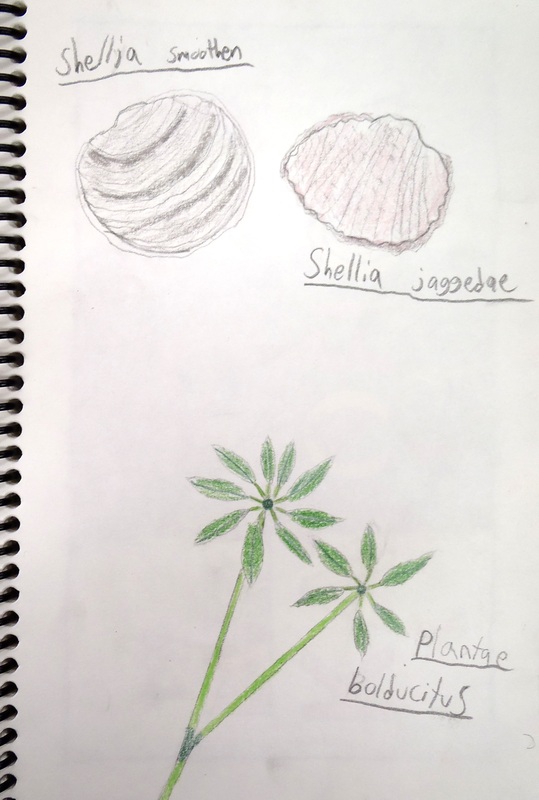

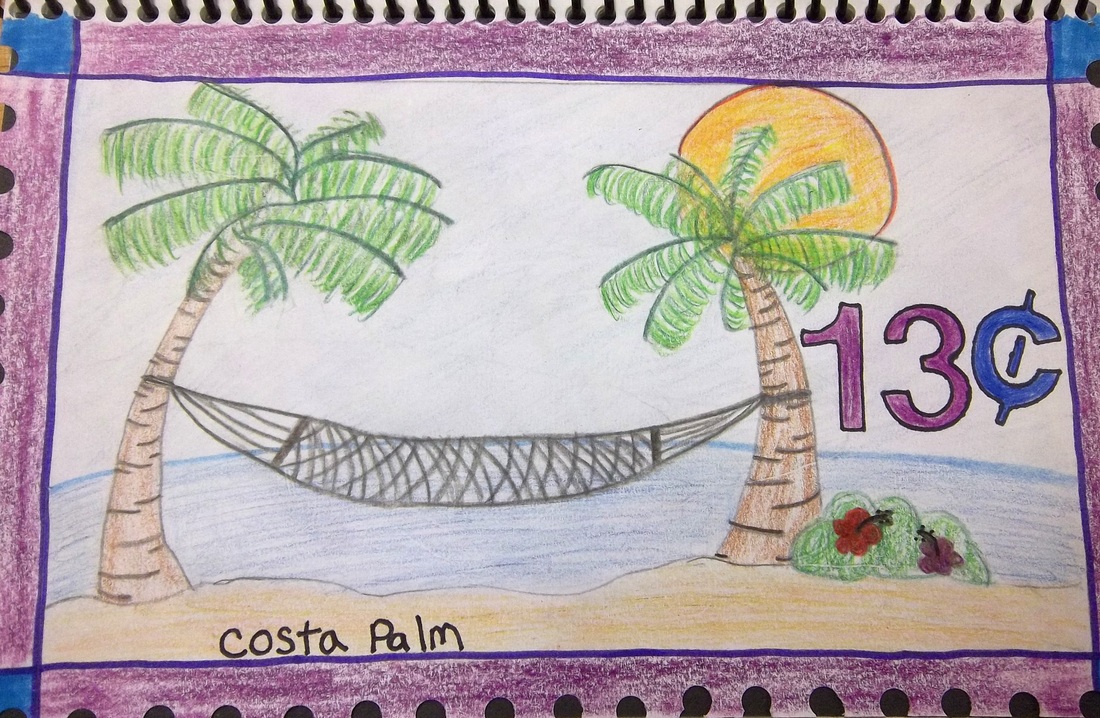
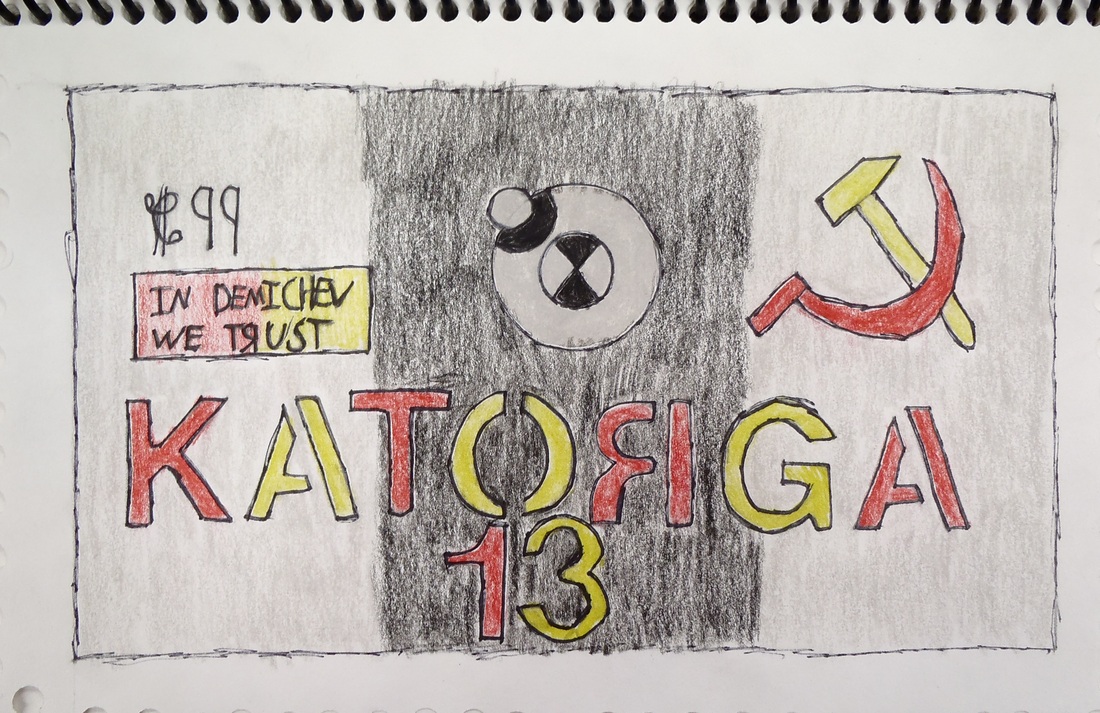
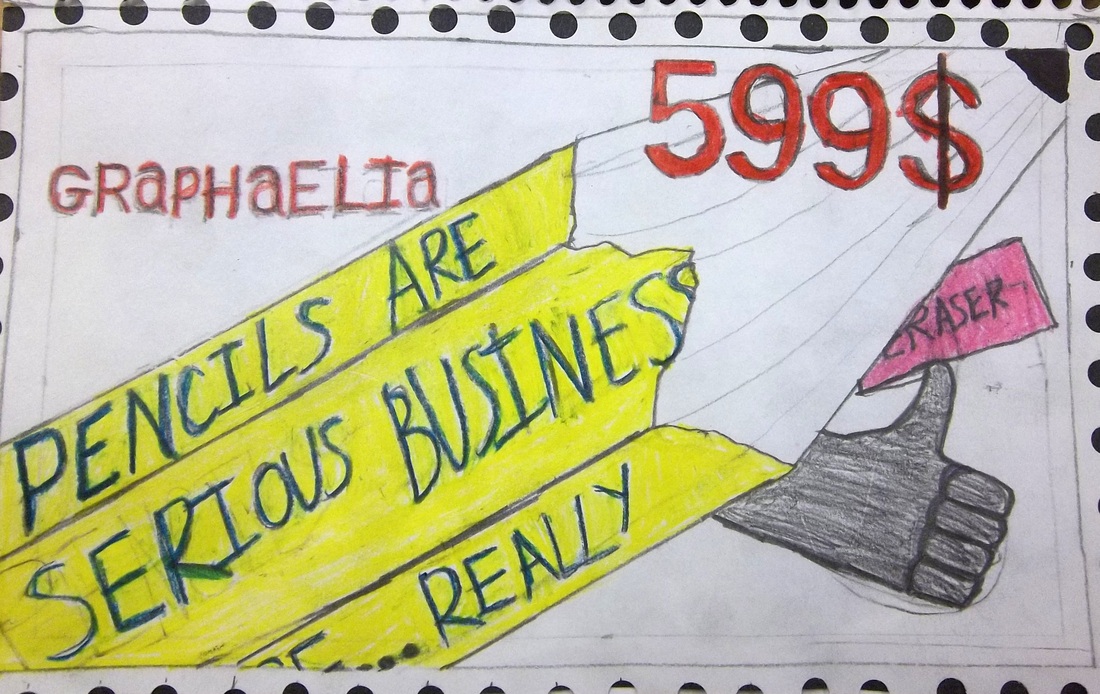
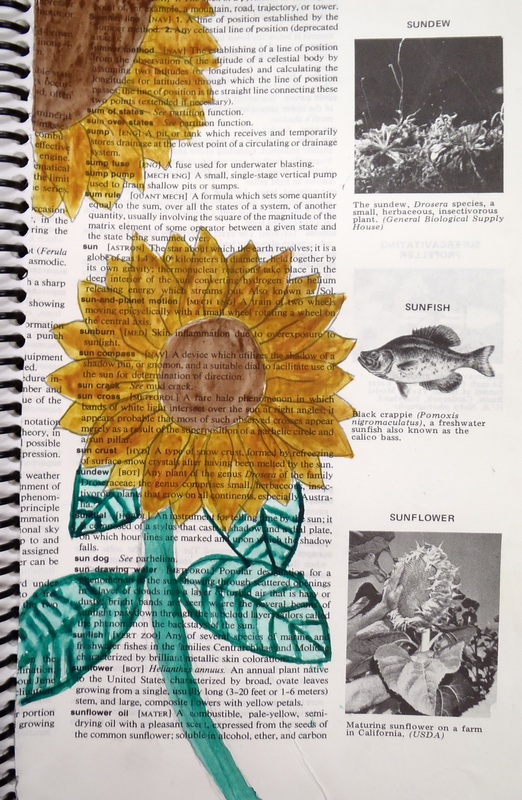
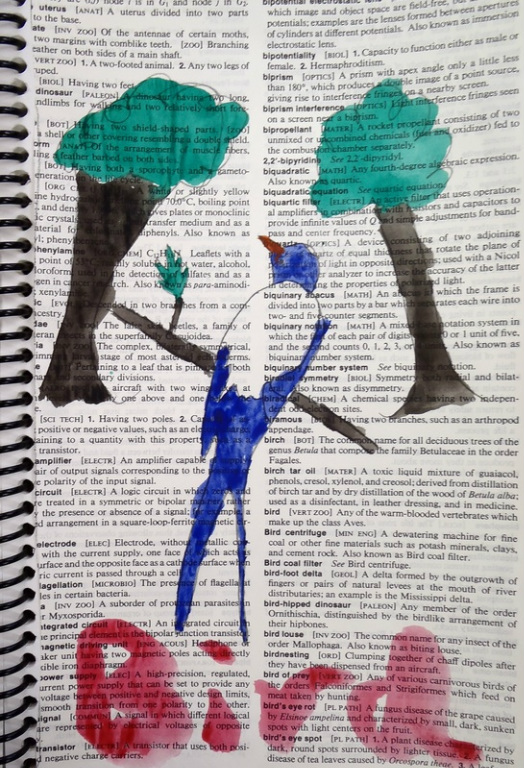
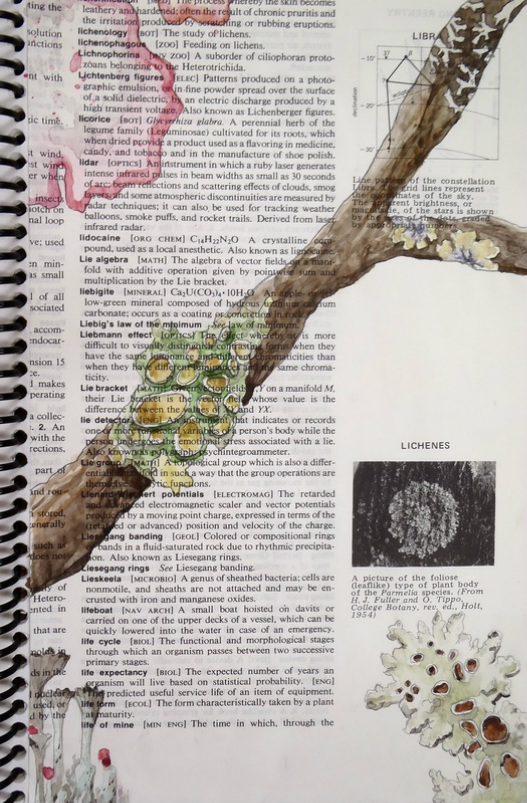


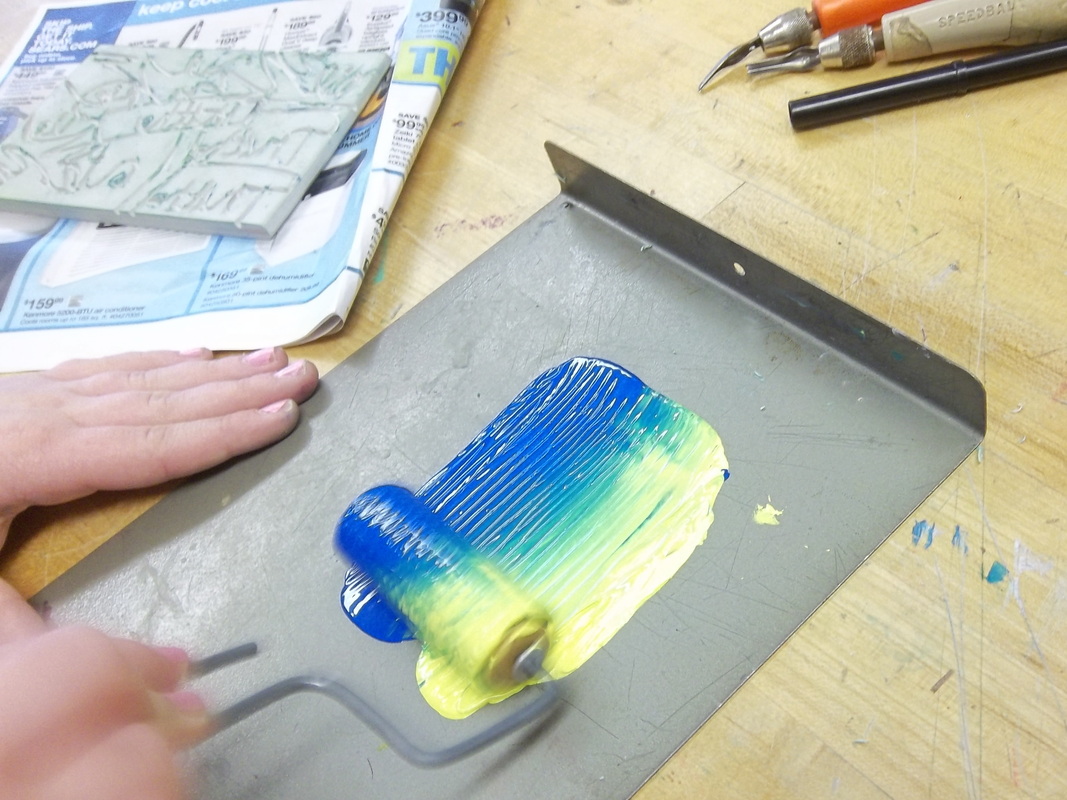
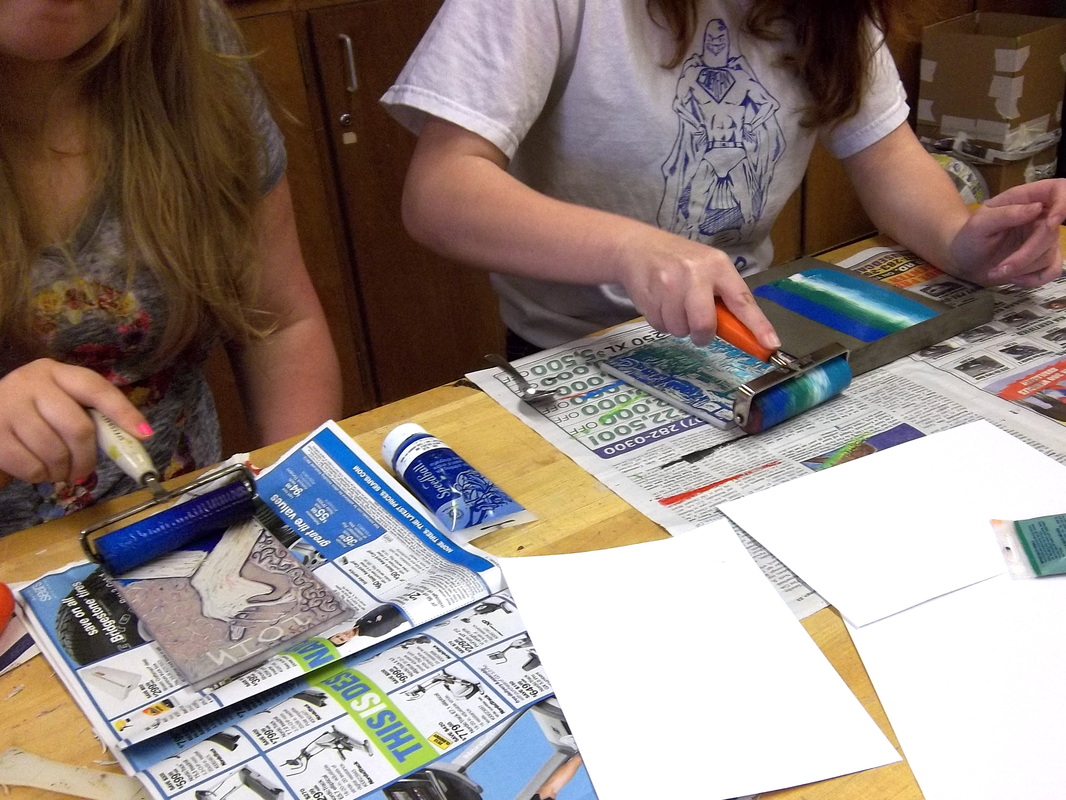


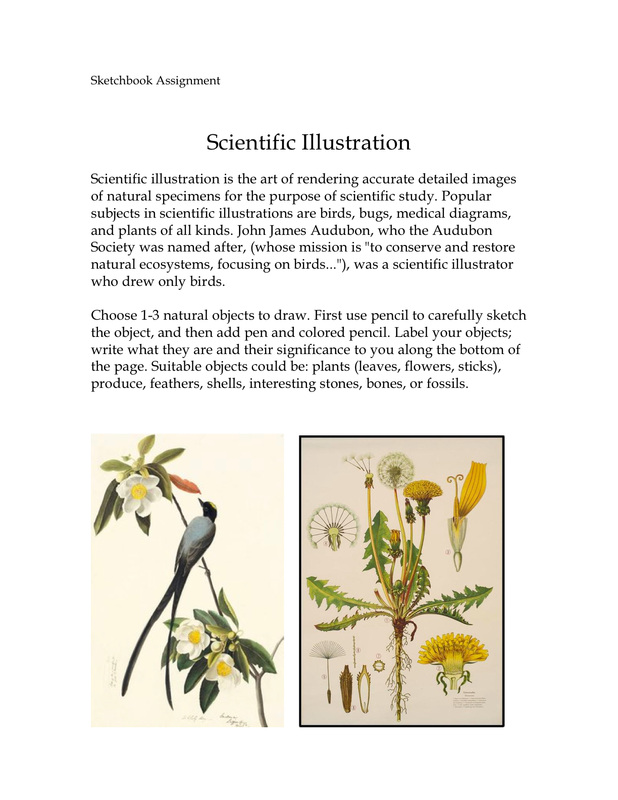
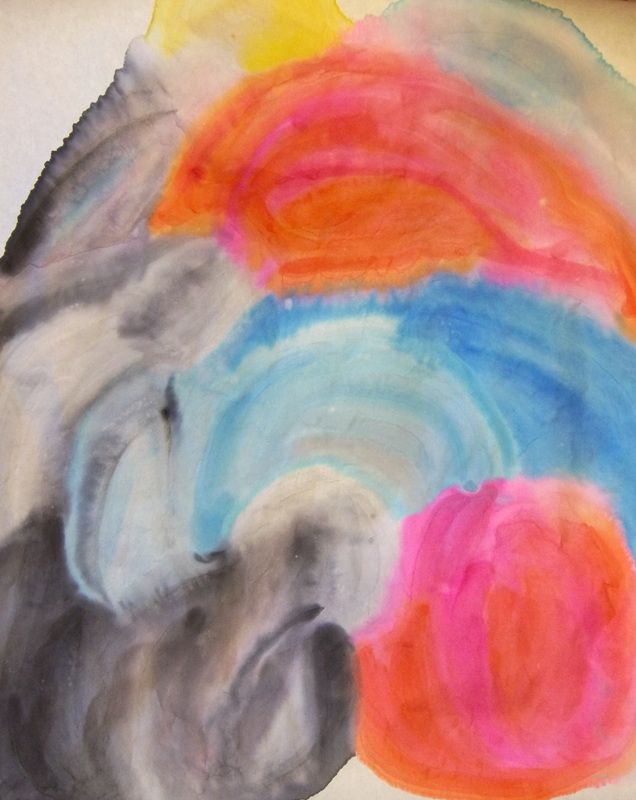
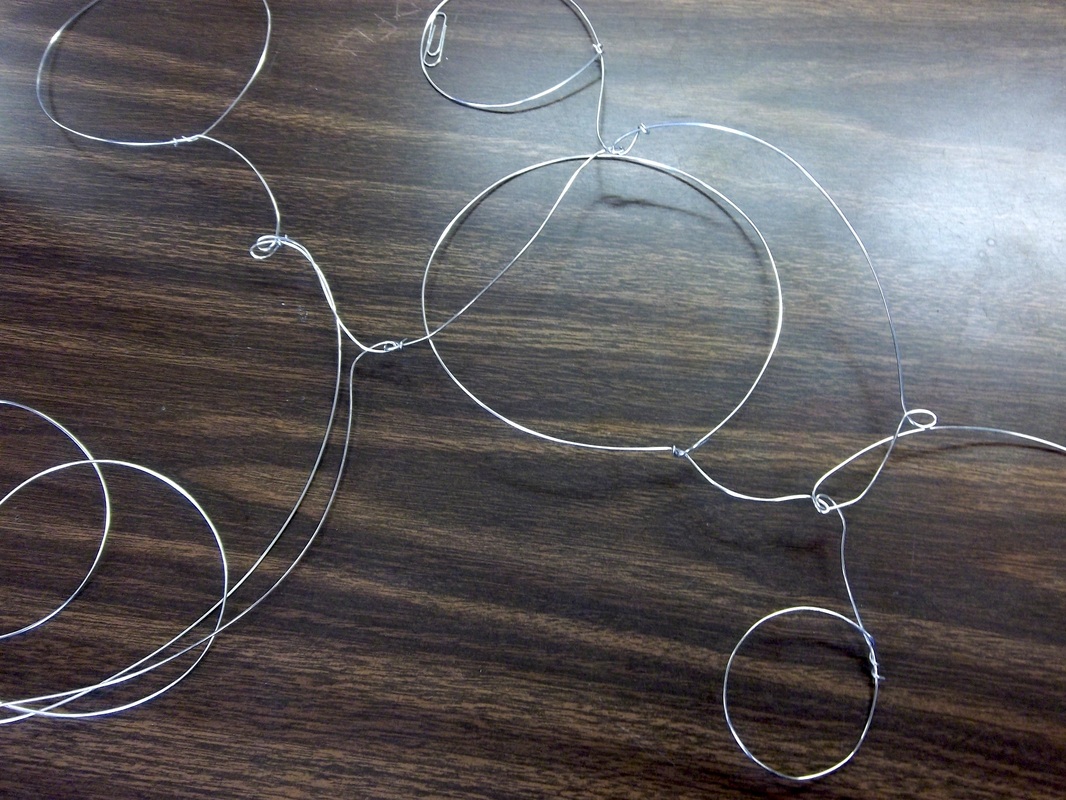
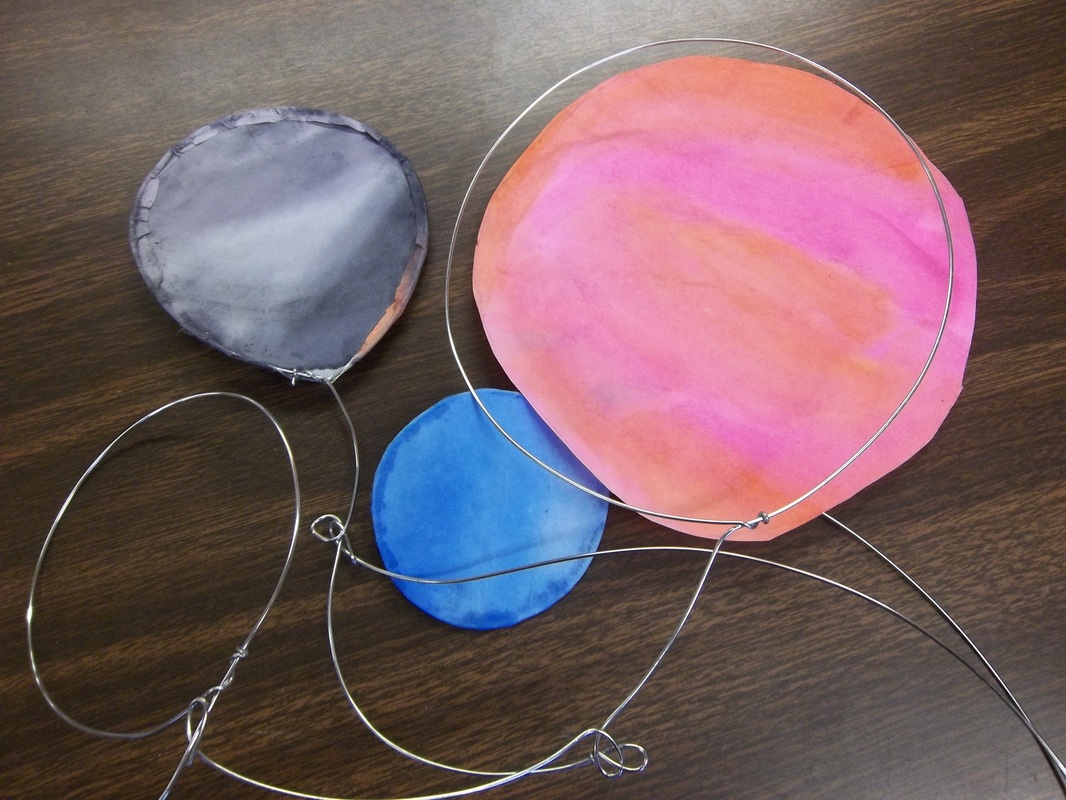
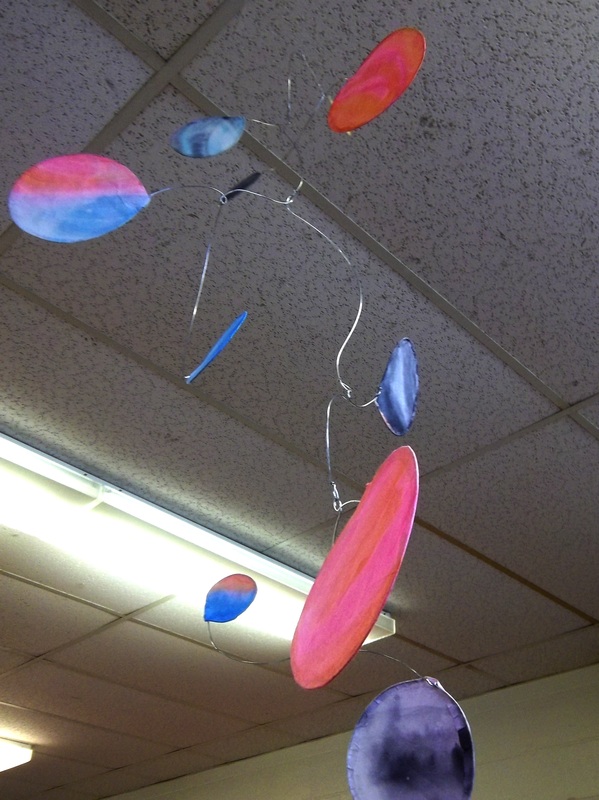
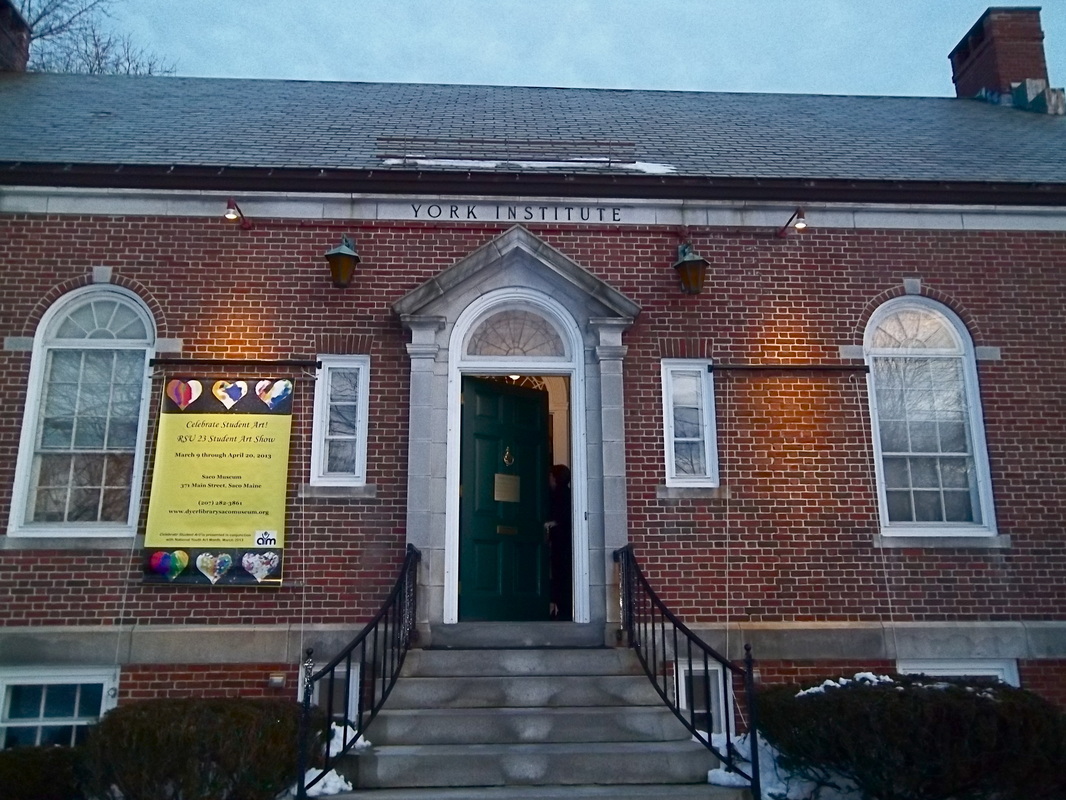
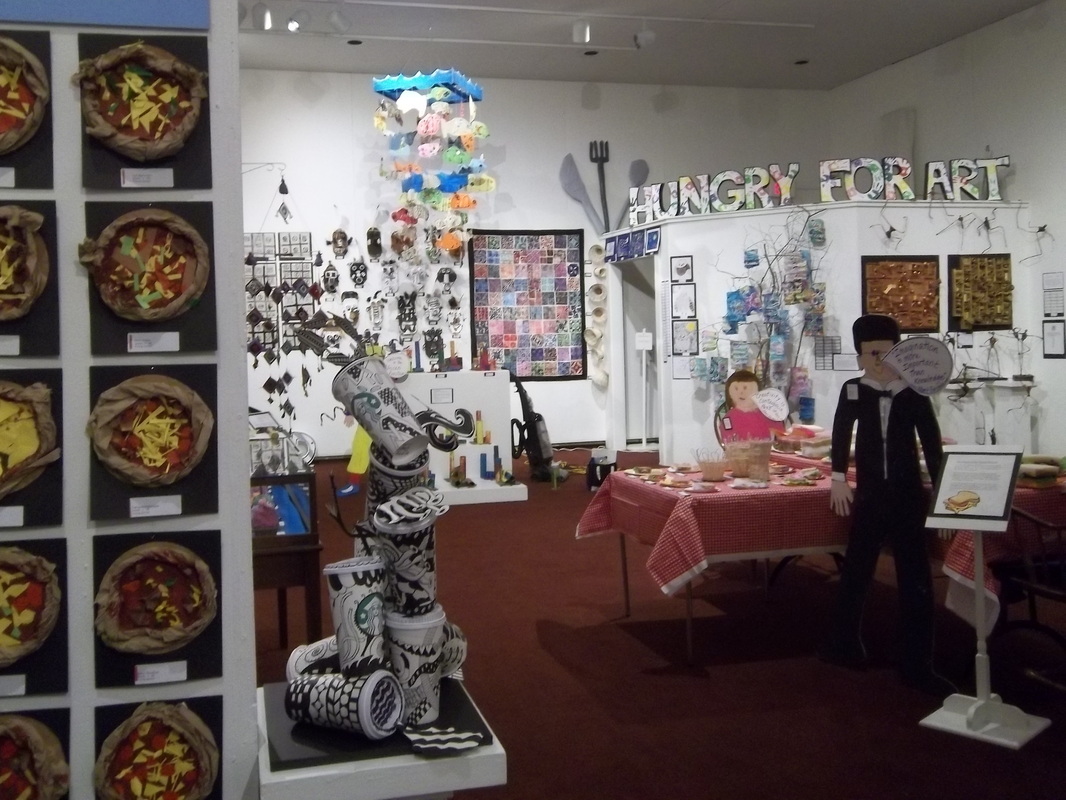
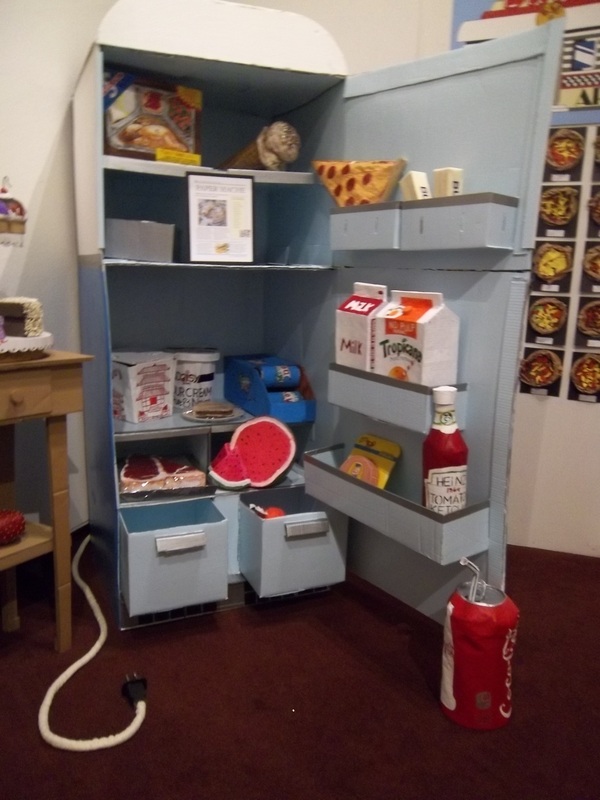
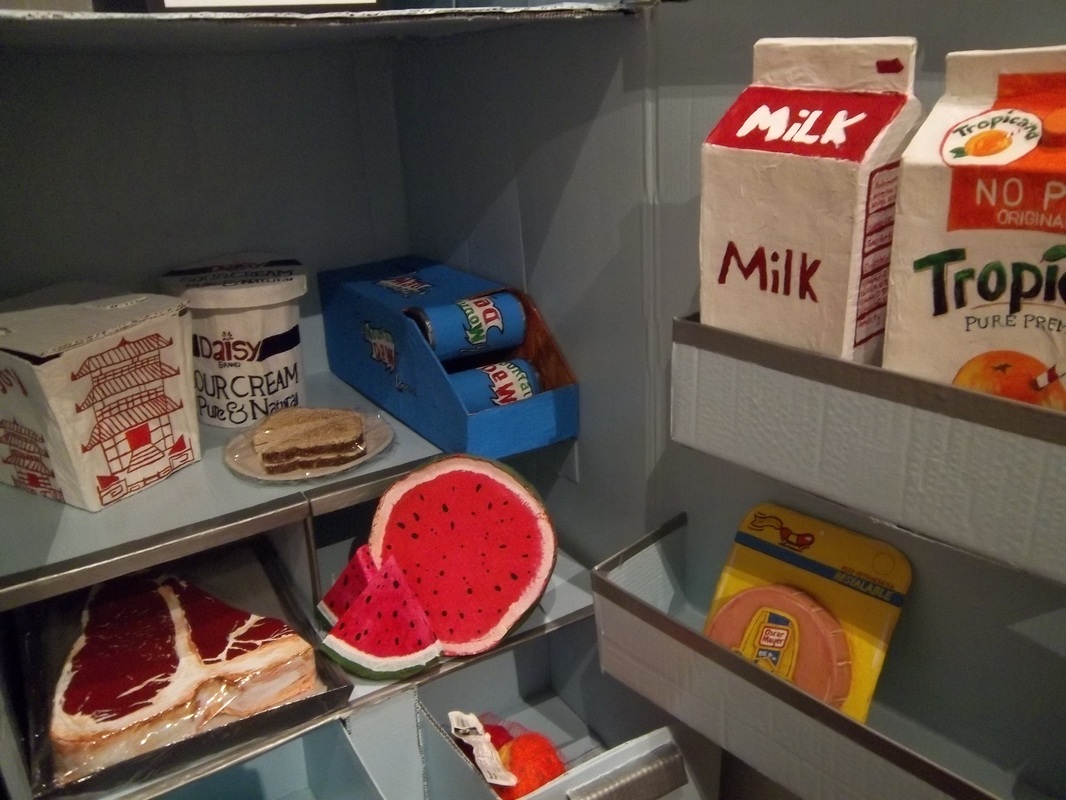
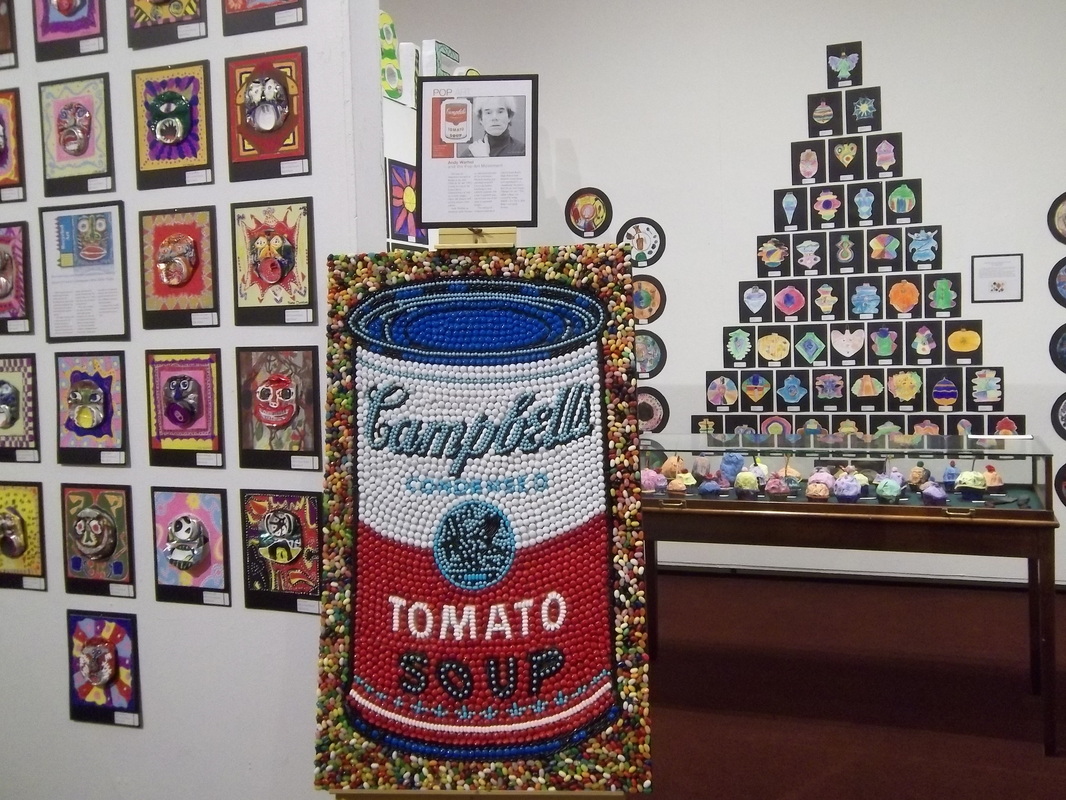
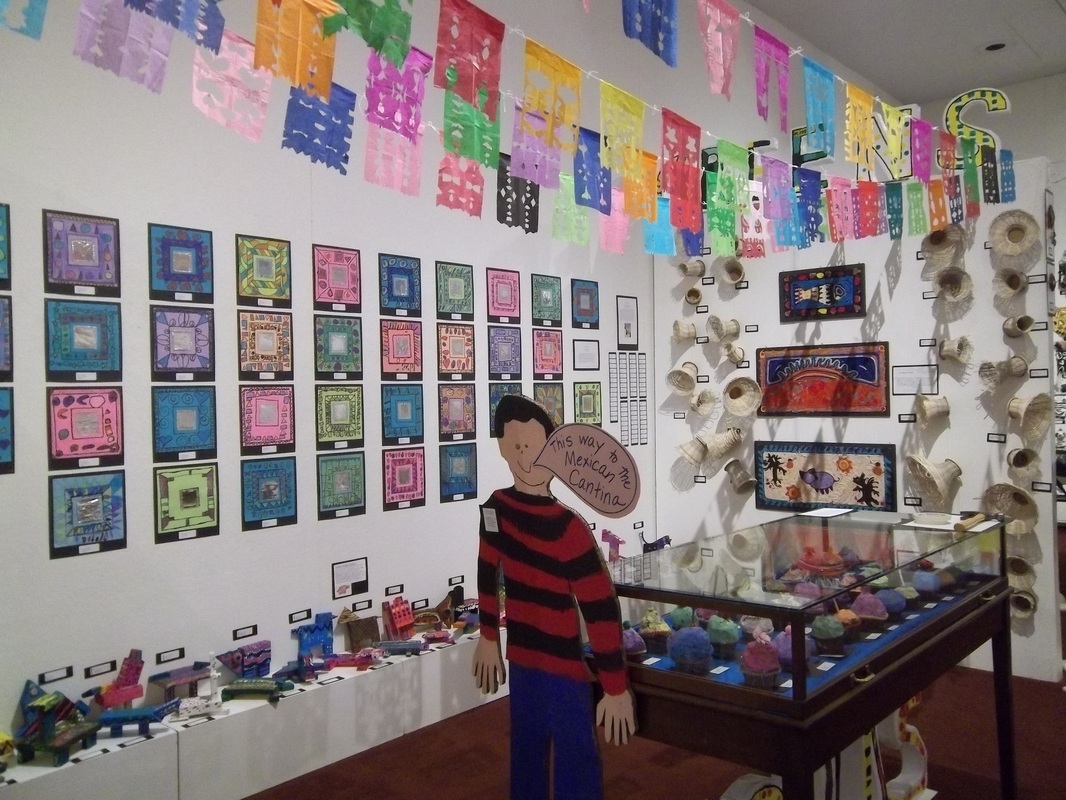
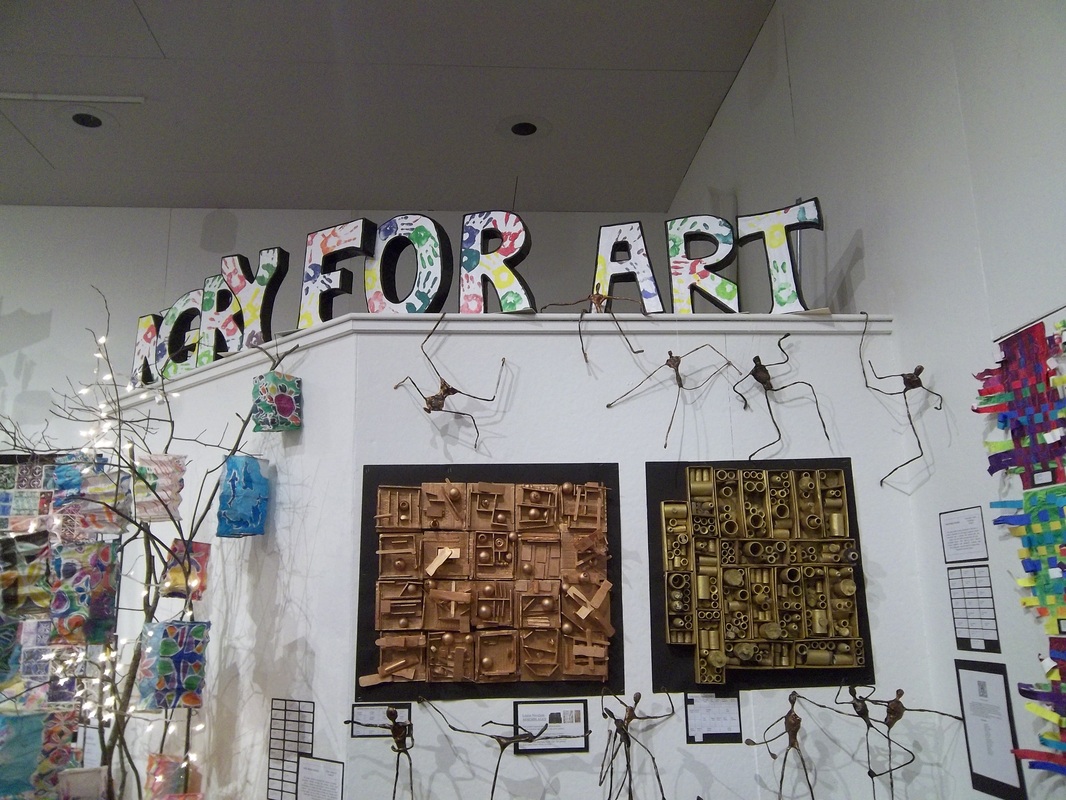
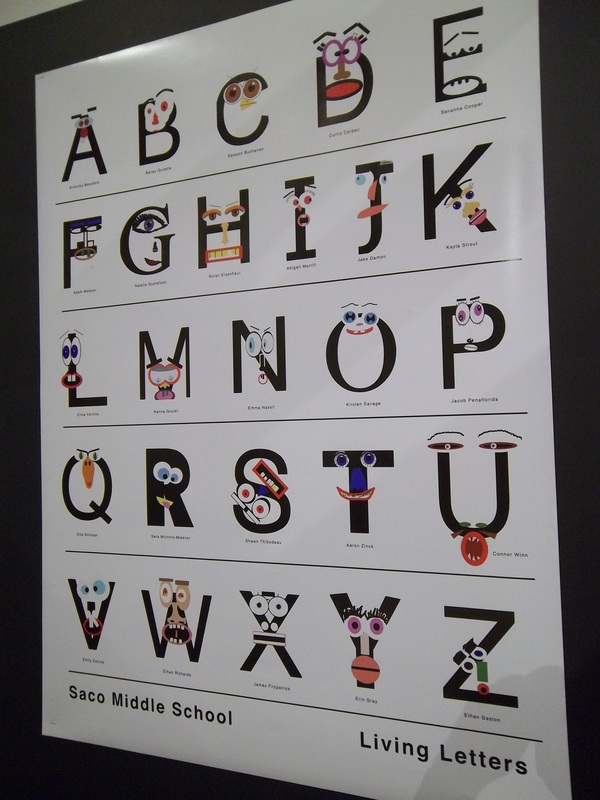
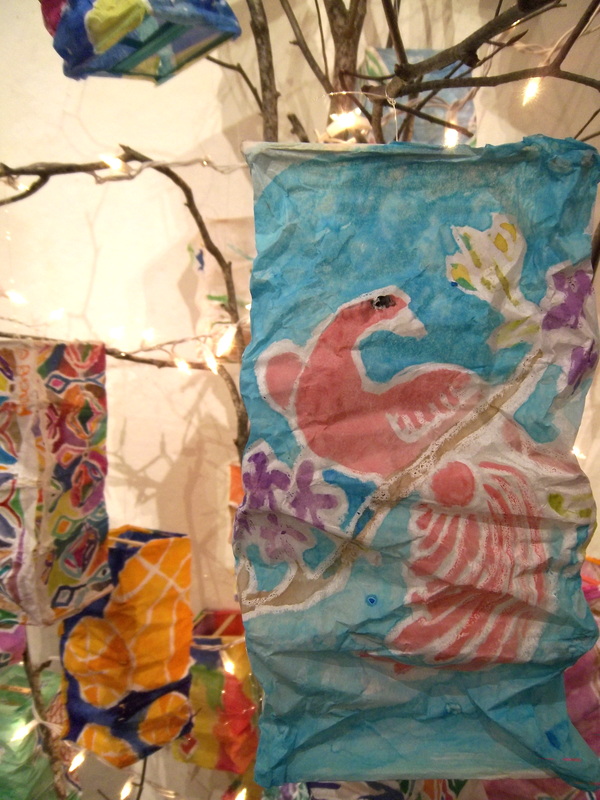
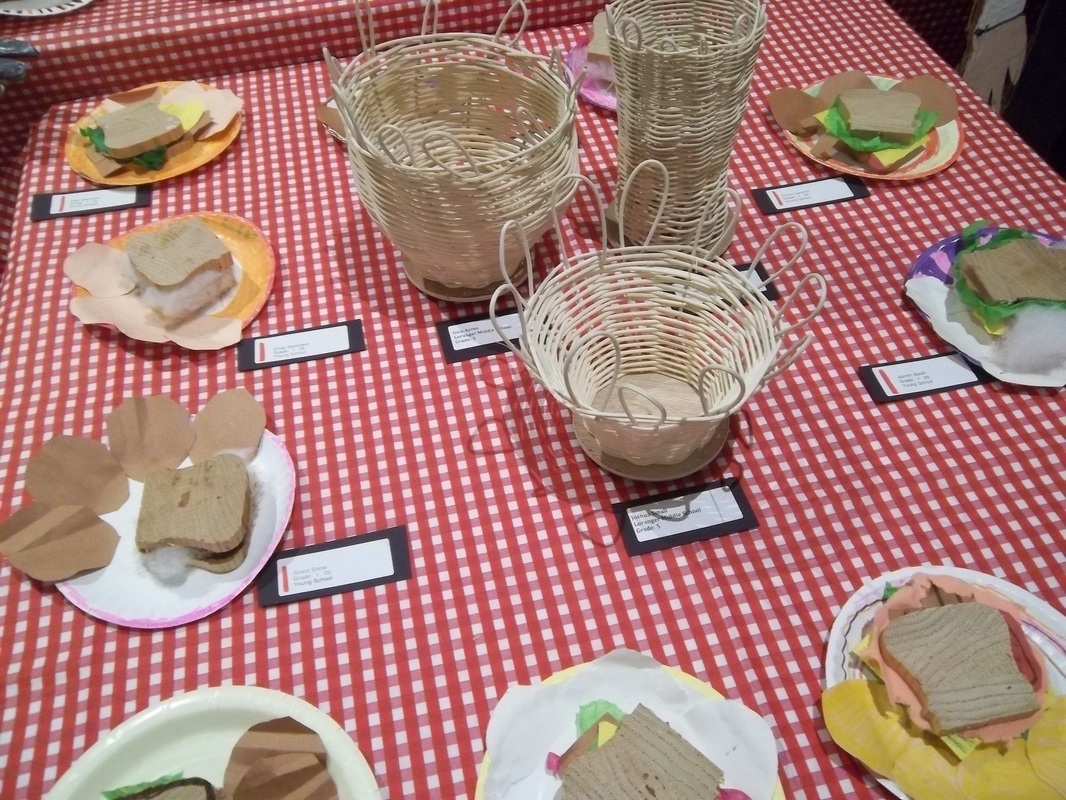
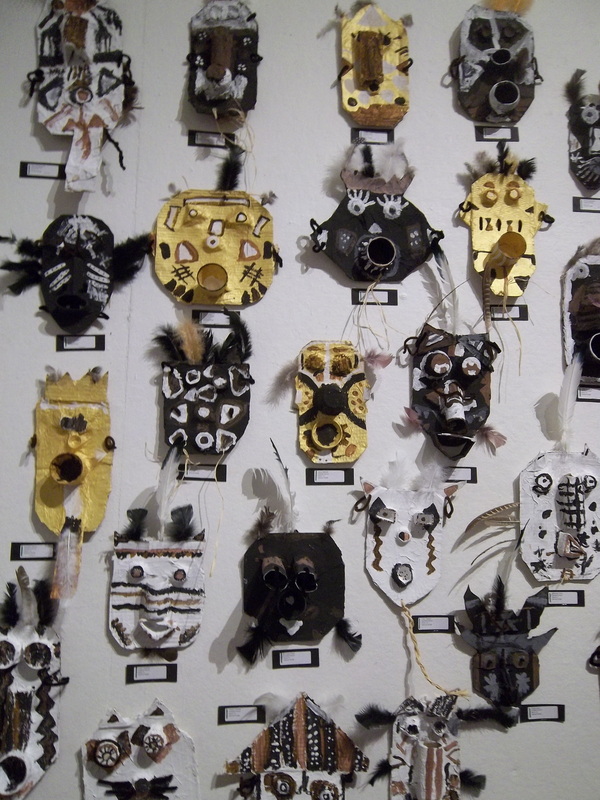
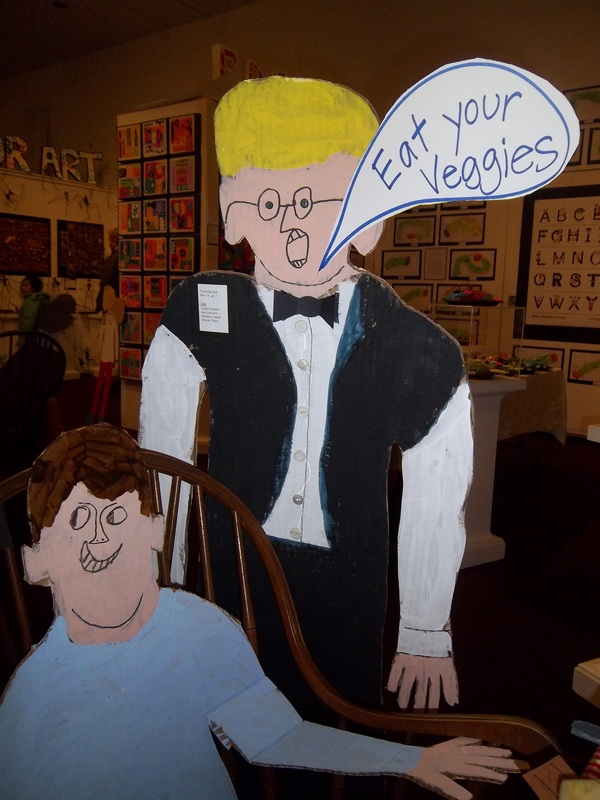
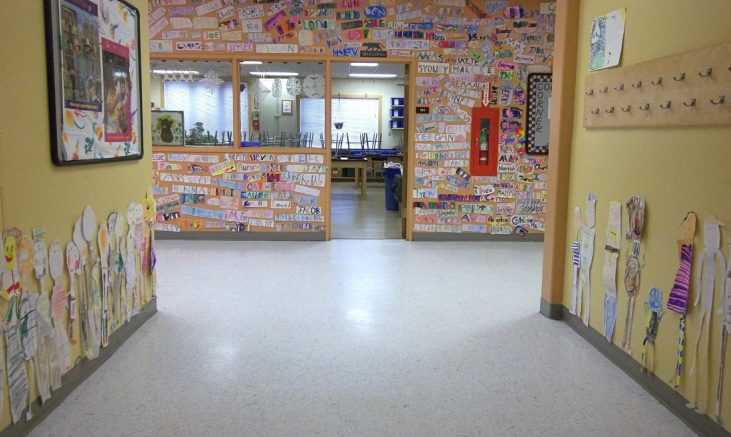
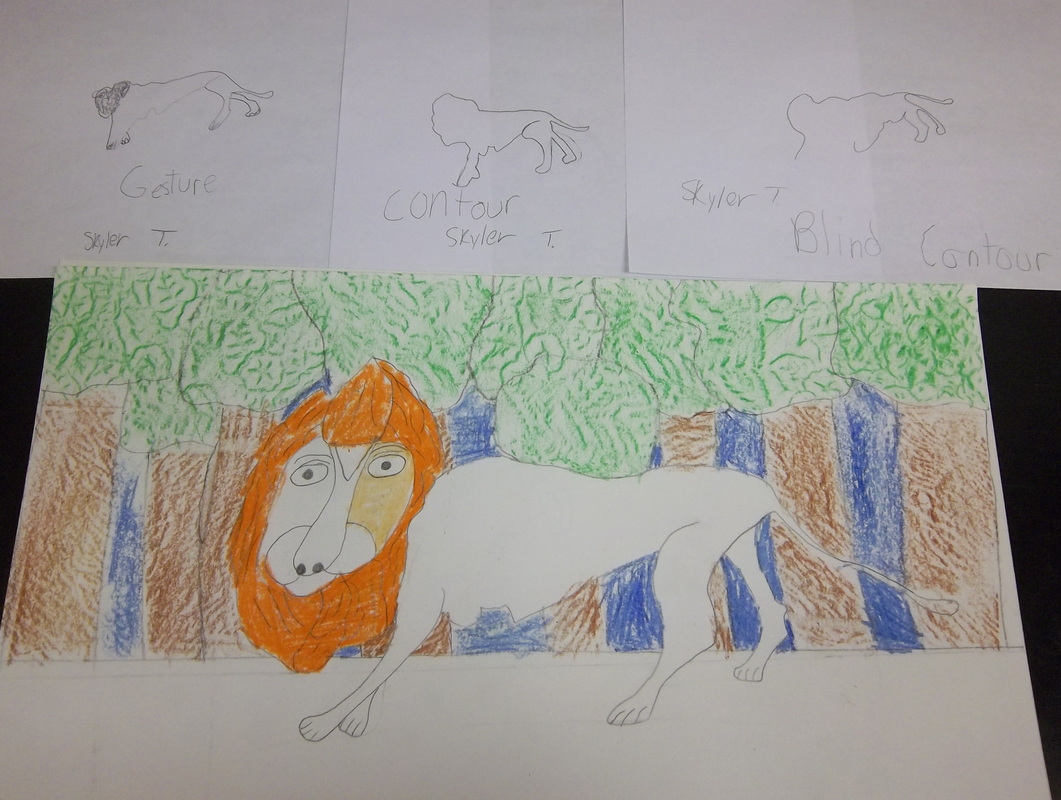
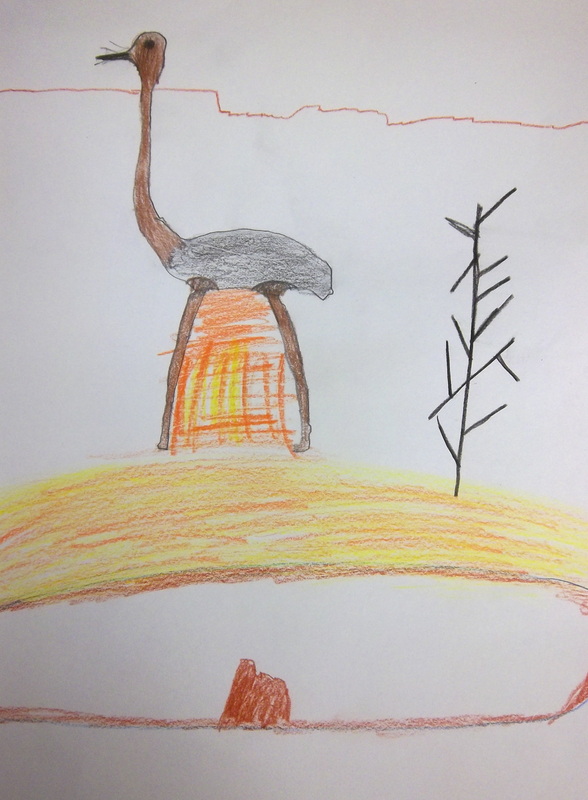
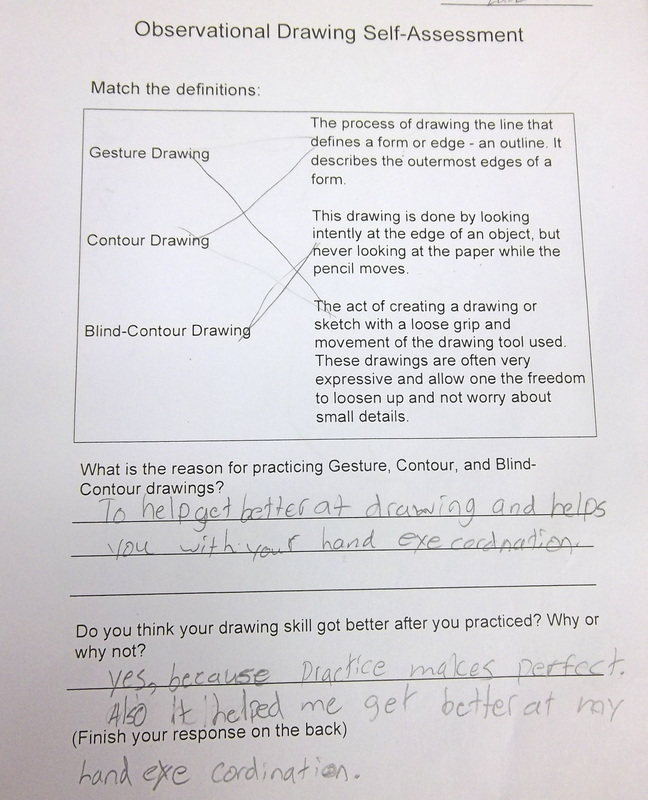


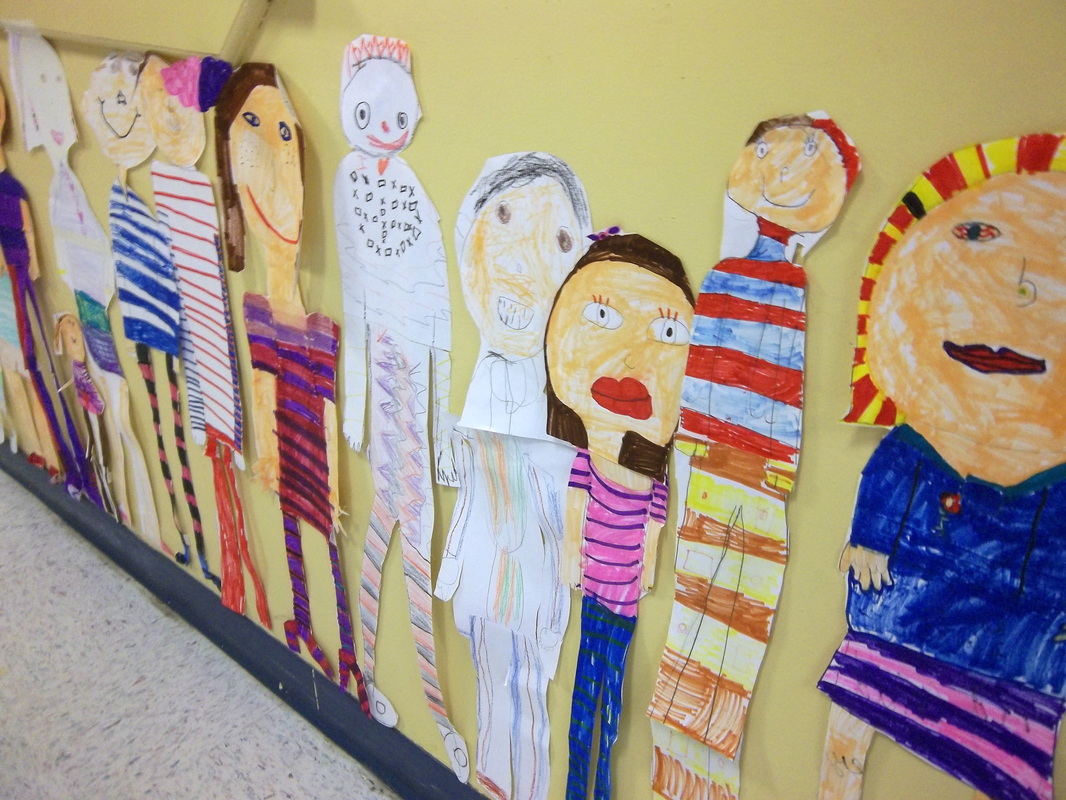
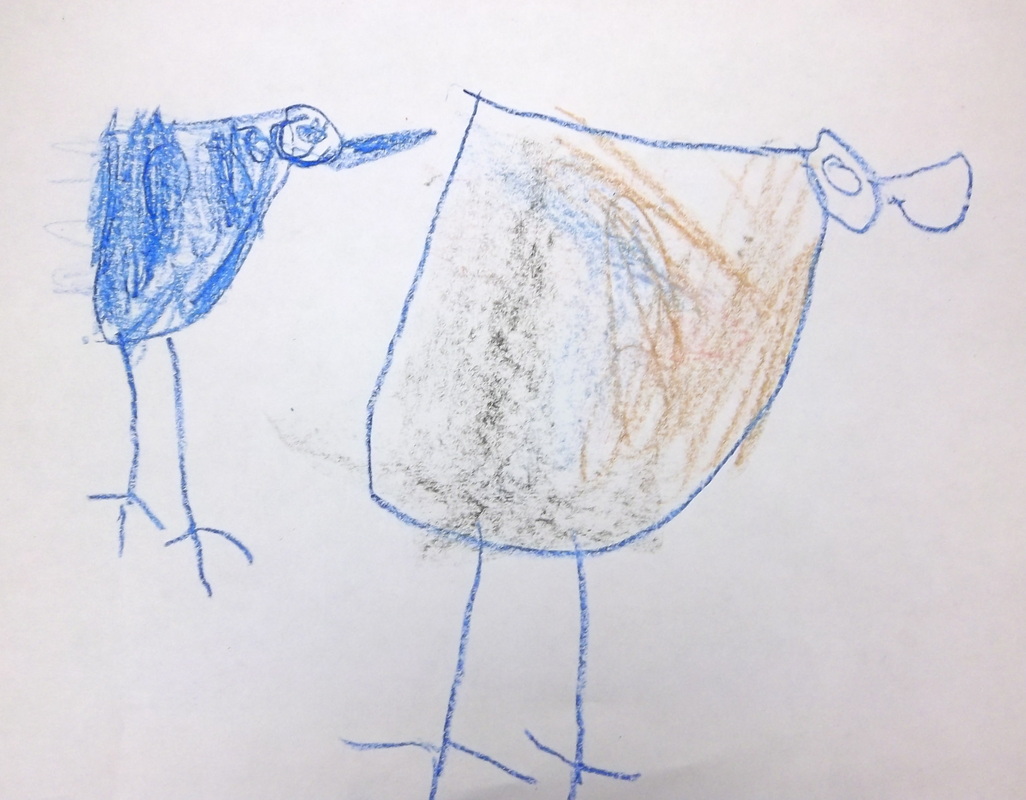
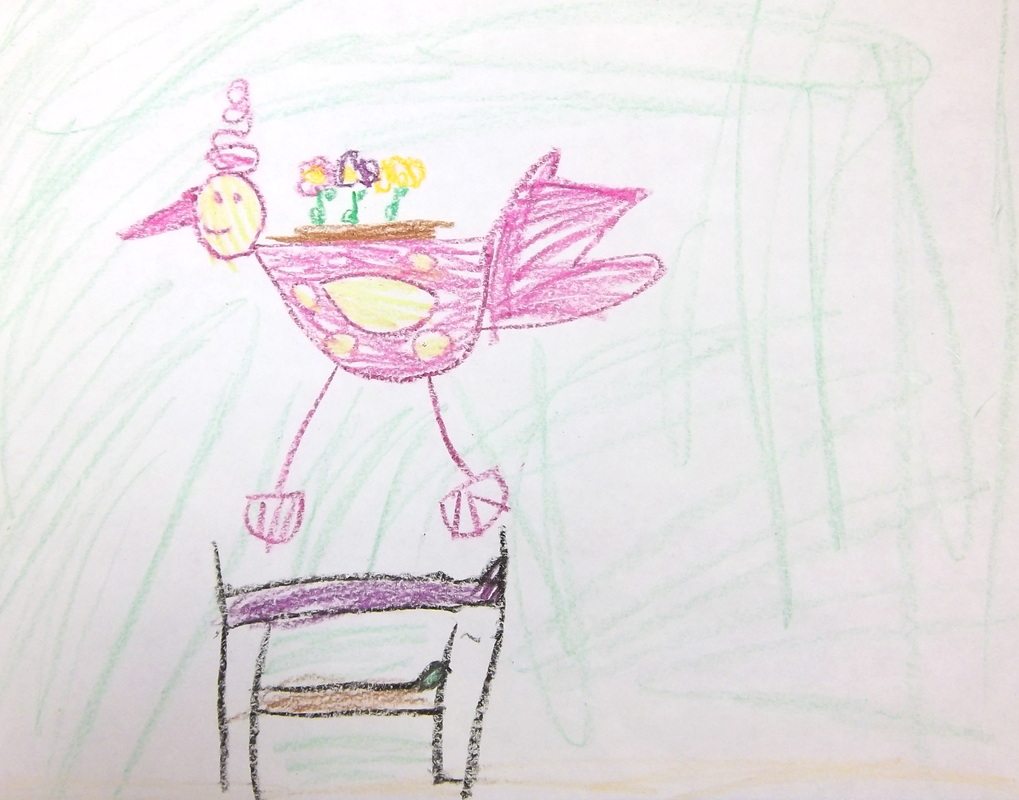
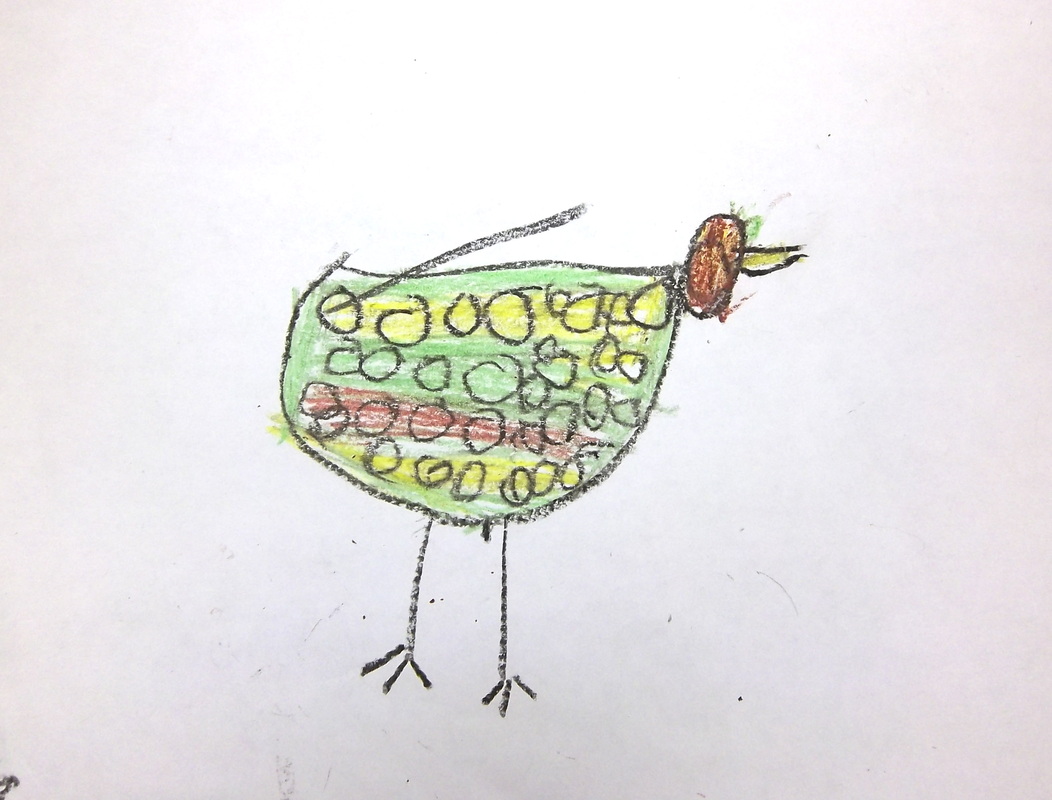
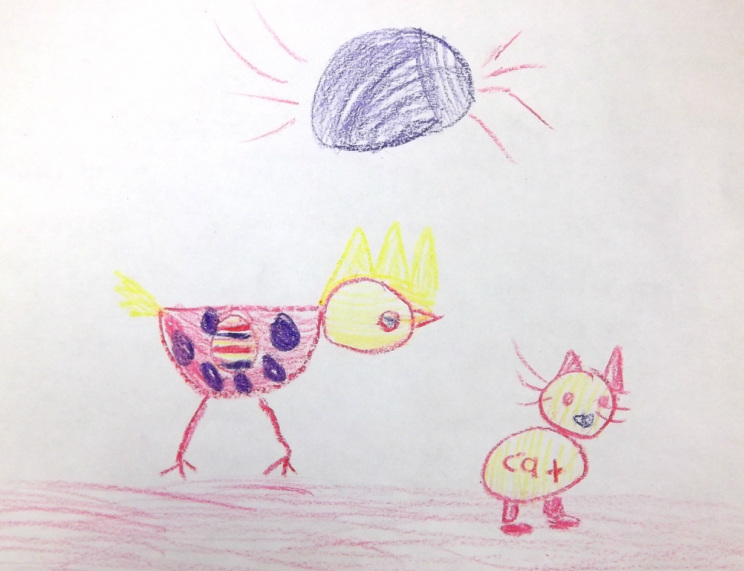

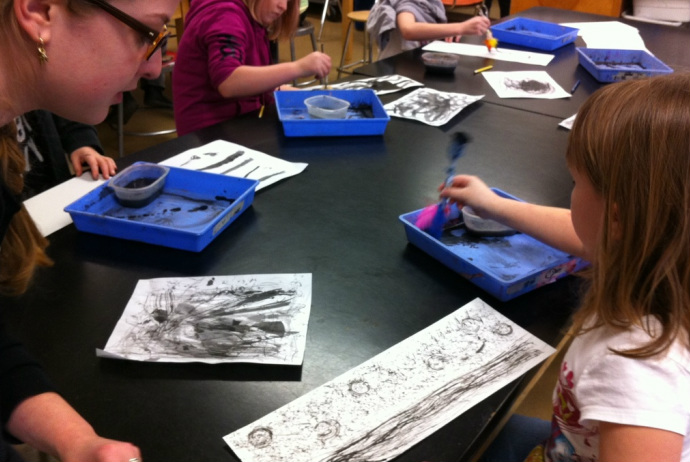


















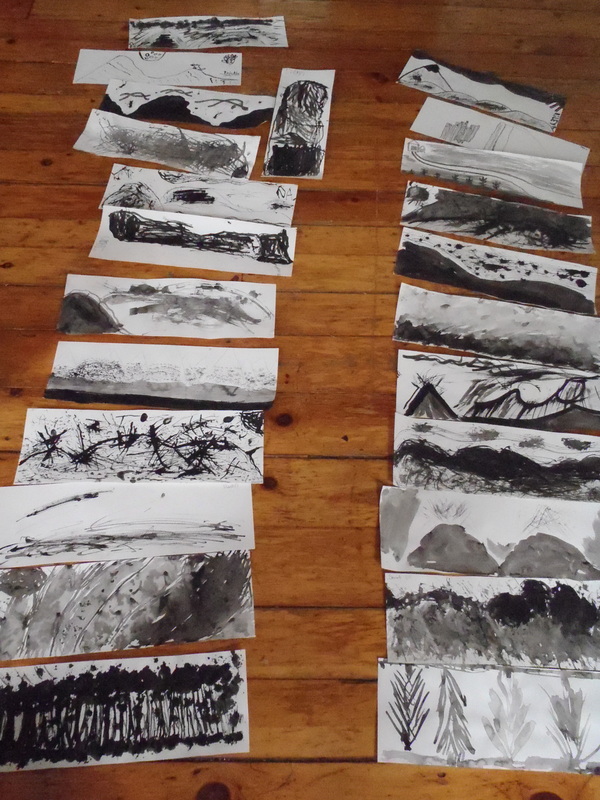
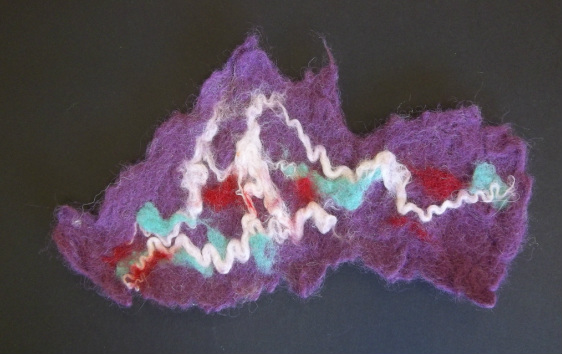

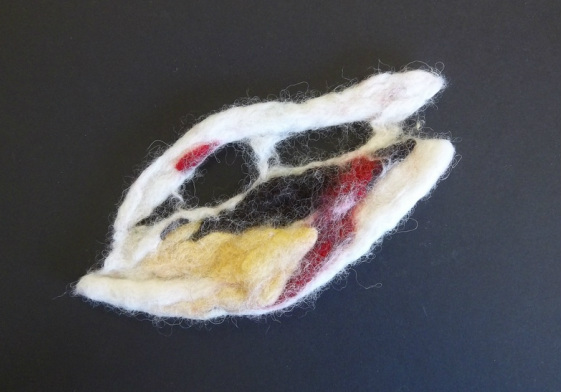

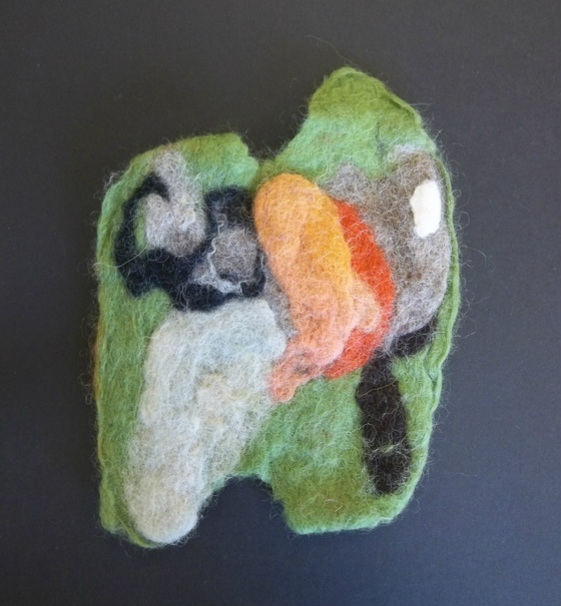
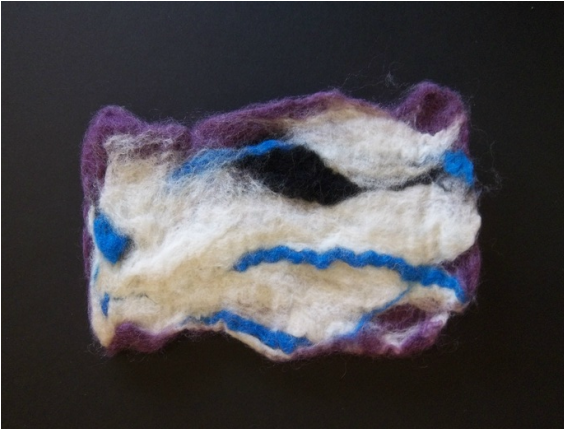
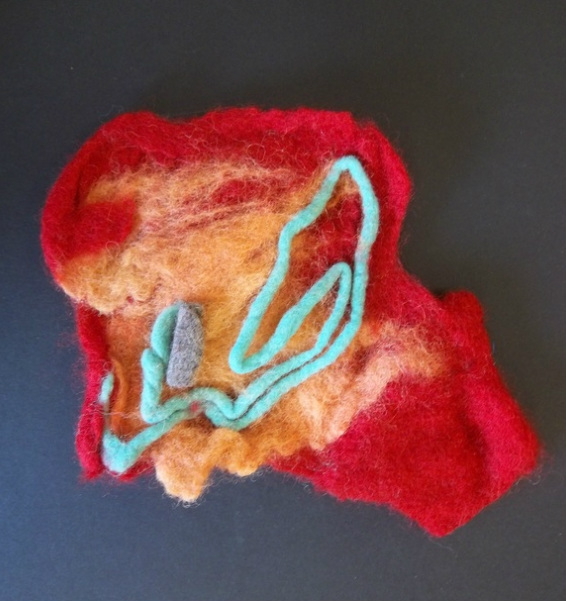
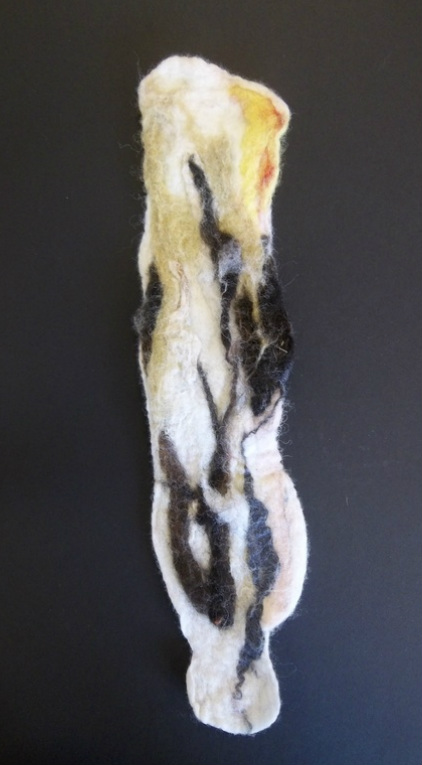
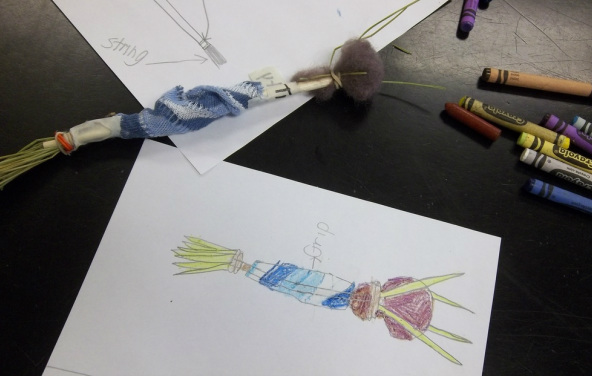
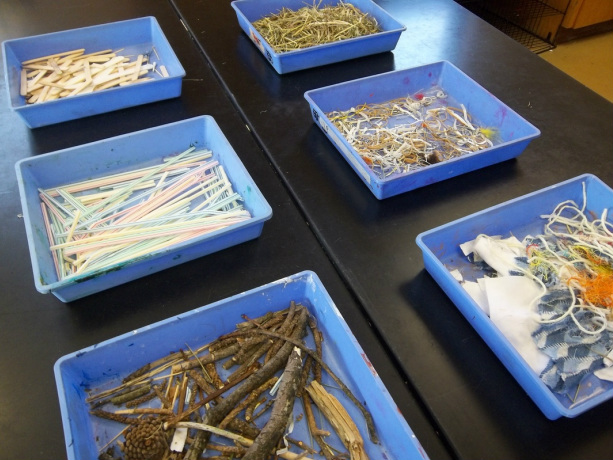
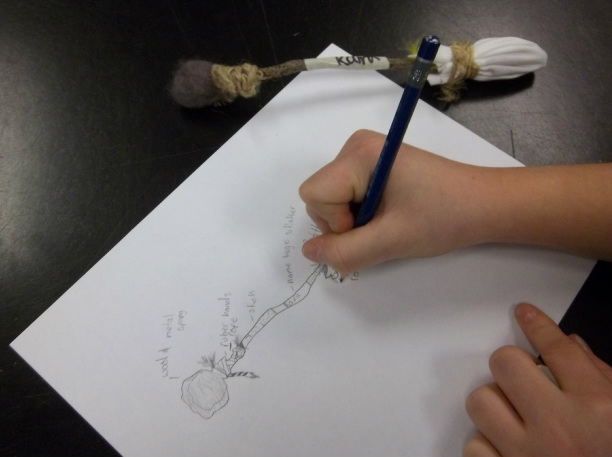
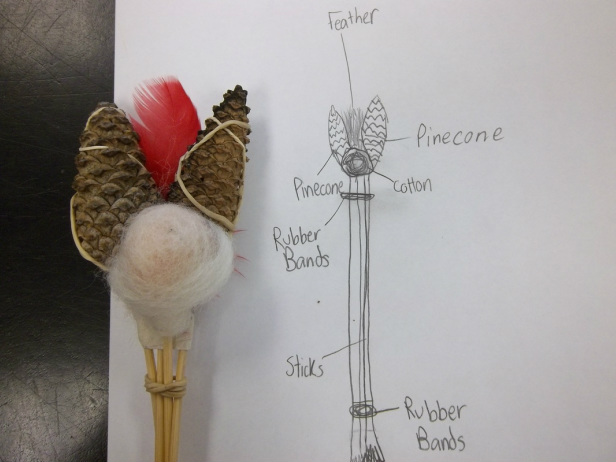
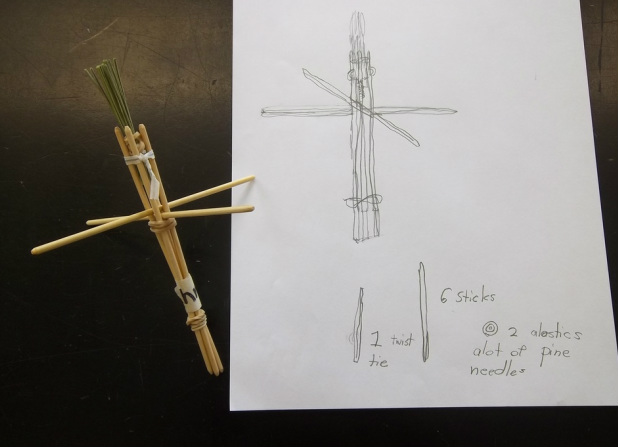
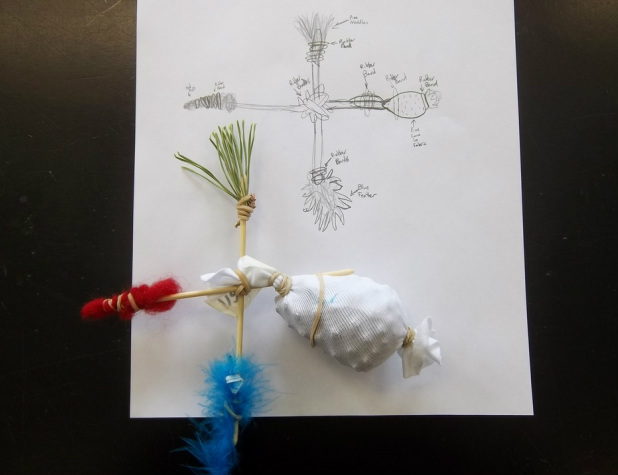
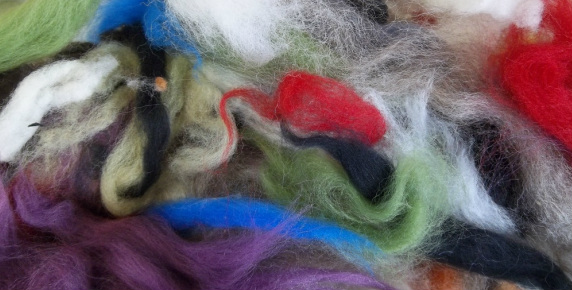

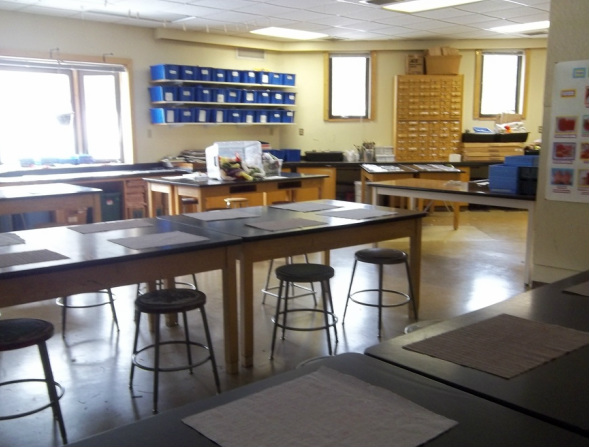
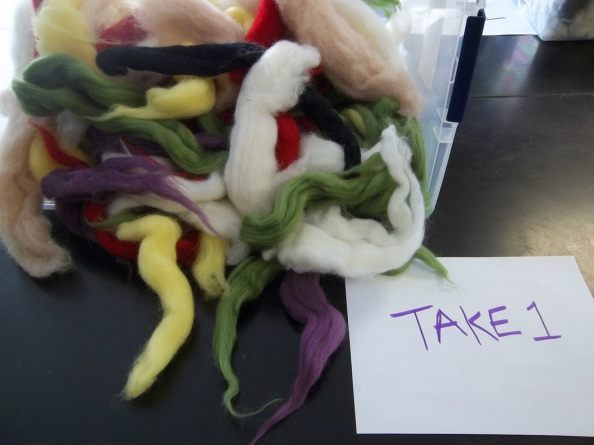
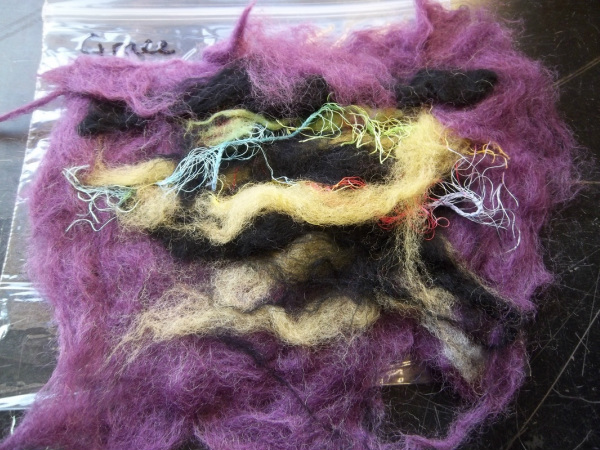
 RSS Feed
RSS Feed